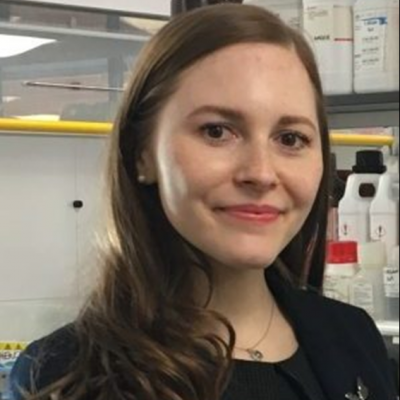The new Journal Club: a student-led discussion
Dr Sophie Rutschmann and Dr Malgorzata Trela
What is the idea?
Throughout their higher education, students are expected to develop their ability to engage critically with the forefront of their discipline. Inspired by the medical and scientific biomedical communities, Journal Clubs are authentic ways to learn about up-to-date developments in the field, learn from more experienced scientists and practice critical analysis skills (Golde, 2007; Lee et al., 2005). However, when used in the classroom, the traditional Journal Club format relying on the presentation of the paper by one or few individual(s) rarely leads to full engagement by the rest of the class (Hartlaub, 1999). Our Journal Club format puts the onus on students to chair small discussion groups, therefore placing the discursive and learning opportunities back at the heart of the session.
Why this idea?
Journal Clubs are a great way to critically engage with the published literature and keep abreast with the forefront of fast-moving disciplines. When done within the scientific community, they require all to come to the session having read the article and prepared to ask questions, show scepticism, share knowledge and critically analyse claims made by the authors (Golde, 2007). However, in a classroom, Journal Clubs are often a sleek presentation by a group of students to an often passive audience which might have read the paper and at best ask some clarifying questions. Tired of this approach which provided limited opportunities for critical engagement, the format of our Journal Club was revisited to make it entirely student-led and discursive.
How could others implement this idea?
The following guidelines were written for our Masters programme of around 35 students divided in small groups of 5-6. They have been used both for campus and online teaching, with the help of online breakout spaces for the latter.
The Journal Club is chaired by one small group who chooses a published article they want to discuss with the rest of the class. The article should be relatively recent, on a relevant subject and ideally conceptually challenging, but not too much. Guidance on important aspects when choosing the article is provided to the chairing group (technical complexity, journal of origin, length, etc).
A week before their session, the chairing group circulates the article for all other students to read in their own time and answer the prompting questions below in preparation of the synchronous session. The chairing group can add some specific questions but the ones below provide a starting framework for critical engagement with the content of the article and the students’ broader knowledge.
- What is the paper about?
- What are the three main claims?
- Do you think the authors convincingly demonstrate their claims?
- What and why, in your opinion, is the most important figure of the paper?
- If any, what is the biggest technical/experimental issue?
- If you were the lab conducting the study, what experiment would you do next?
During the synchronous Journal Club session, each chairing student joins one non-chairing small group to discuss the paper in depth. The chairing student first gives an informal 10 min overview of the paper to start the discussion. They subsequently ensure that the discussion is about the paper, progresses along the prompting questions, that all in the group are participating, and that the limitations of the paper are discussed in a critical manner. All groups are regularly visited by the academics overseeing the session to provide some insight from a more experienced point of view. The session finishes with a class-wide discussion of the points raised in the various groups.
Transferability to different contexts
The approach is easily transferable to any programme which runs a Journal Club or to any data interpretation/paper critique session. It requires very little preparation for the tutor who only needs to read the paper prior to the session and contribute their critical thoughts during the synchronous event.
References
Golde, C. M., (2007). Signature pedagogies in doctoral education: Are they adaptable for the preparation of education researchers? Educational Researcher, 36(6), 344-351. https://doi.org/10.3102/0013189X07308301
Hartlaub, P. P., (1999). A new approach to the journal club. Academic Medicine, 74(5), 607-608. https://doi.org/10.1097/00001888-199905000-00084
Lee, A. G., Boldt, H. C., Golnik, K. C., Arnold A. C., Oetting, T. A., Beaver, H. A., Olson, R. J., & Carter, K. (2005). Using the journal club to teach and assess competence in practice-based learning and improvement: A Literature Review and Recommendation for Implementation. Survey of Ophthalmology, 50(6), 542-548. https://doi.org/10.1016/j.survophthal.2005.08.002



